Packages & Tutorials
Engineering Files & Tools
Software
Engineering Topics

Ready-to-use Models (FEA/CFD)
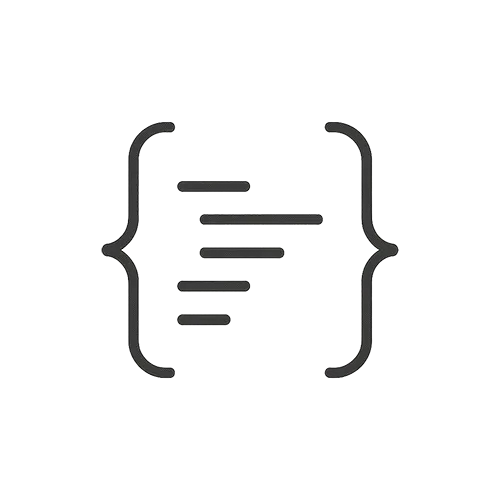
Excel Sheets & Hand Calculations

Codes & Scripts

Structures & Materials
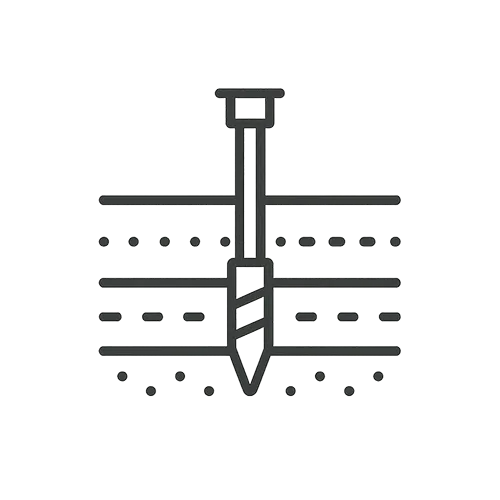
Geotechnical & Soil

Fluid Dynamics (CFD/FSI)
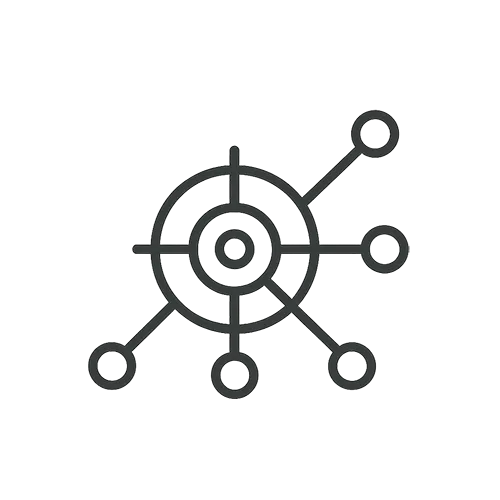







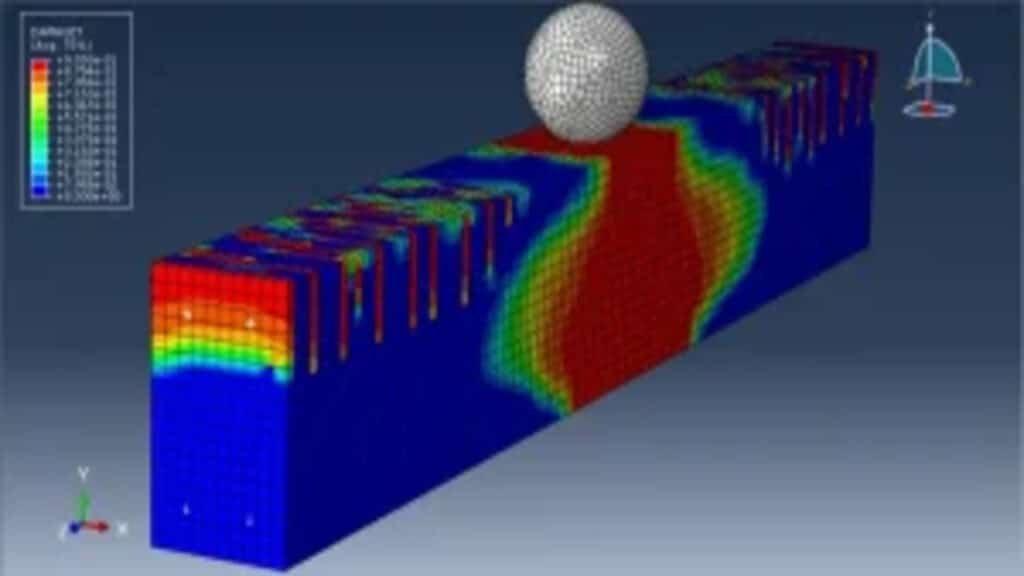
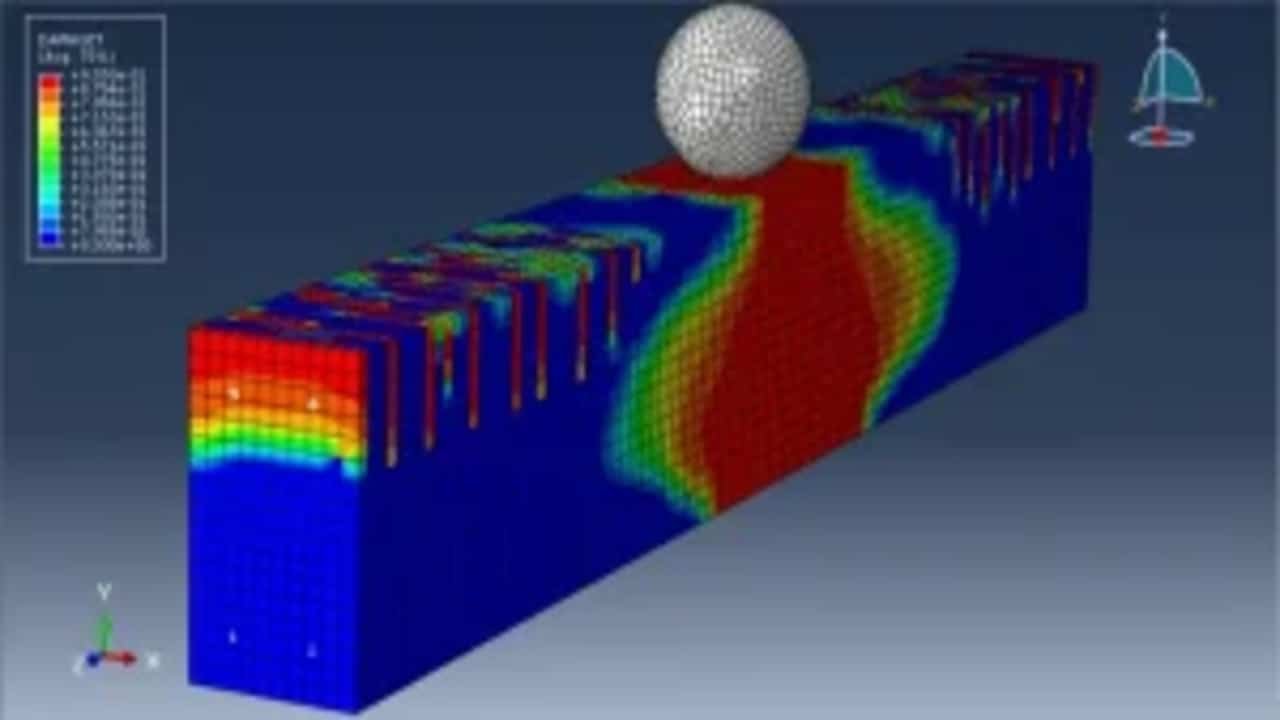


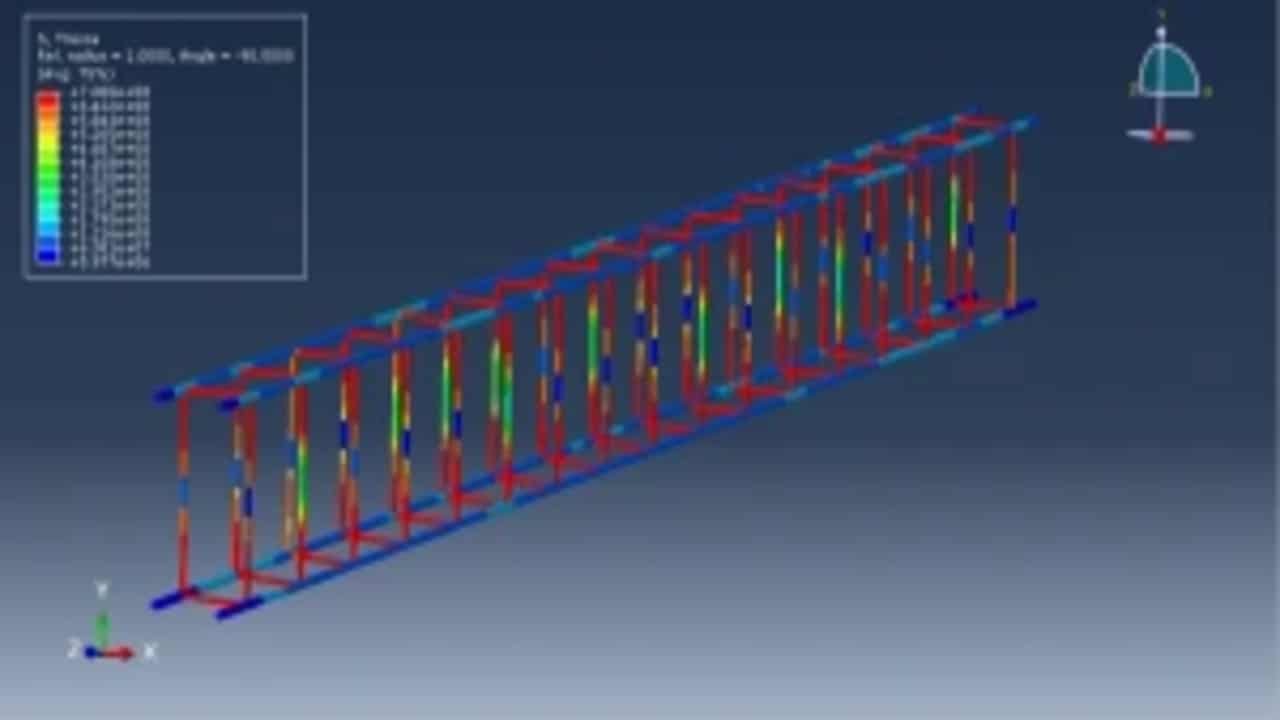
Papers abstract:
Concrete structures are commonly exposed to low velocity impact loads originating from windborne/waterborne debris, vehicle/vessel collision, and rock fall. For the performance assessment of concrete structures under such loads, several constitutive models have been developed to date. To compare the accuracy of the available models for practical applications, the current study evaluates four constitutive models: the Continuous Surface Cap Model (CSCM), Elasto-Plastic Damage Cap (EPDC) model, Karagozian and Case Concrete (KCC) model, and Winfrith concrete model. For this purpose, the constitutive models are first examined at the material level through single element simulations under basic stress paths, such as uniaxial compression and tension, as well as triaxial compression. A range of measures—such as post-peak softening, shear dilation, and confinement effect—are extracted and compared. The investigation is then extended to understand how the concrete constitutive models perform at the structure level. This is achieved by replicating drop hammer tests on reinforced concrete (RC) and concrete-filled steel tube (CFST) beams. Investigation of these two structural categories provides a unique opportunity to further evaluate the accuracy of the concrete constitutive models in interaction with the most common reinforcement details. To achieve this goal, the impact responses of RC and CFST beams are compared with full-scale experimental test data. Upon understanding the capabilities of each constitutive model in predicting the structural behavior and damage, the most important modeling parameters are examined. The outcome of this study facilitates the selection and use of concrete constitutive models for the design and assessment of concrete structures subjected to various low velocity impact loads.
Product Overview:
This tutorial demonstrates the complete workflow to simulate a drop-weight impact on a reinforced concrete beam using Abaqus/Explicit. Based on the methodology in a peer-reviewed ISI journal, the setup guides users through geometry creation, material assignment, boundary conditions, and result interpretation. Key simulation steps include:
In this tutorial, reinforced concrete beam impacts are simulated, according to data from the work of Dikshant Saini and Behrouz Shafei.

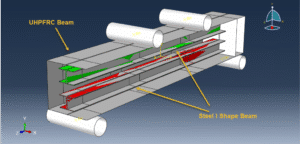
Abaqus
€49,00 €29,00

Abaqus
€35,00 €30,00
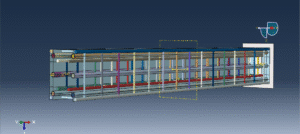
Abaqus
€45,00 €30,00
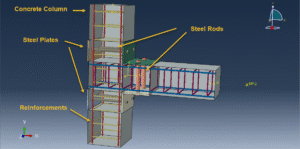
Beam
€50,00 €30,00
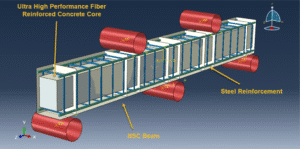
Abaqus
€45,00 €29,00
See more

Want to receive push notifications for all major on-site activities?